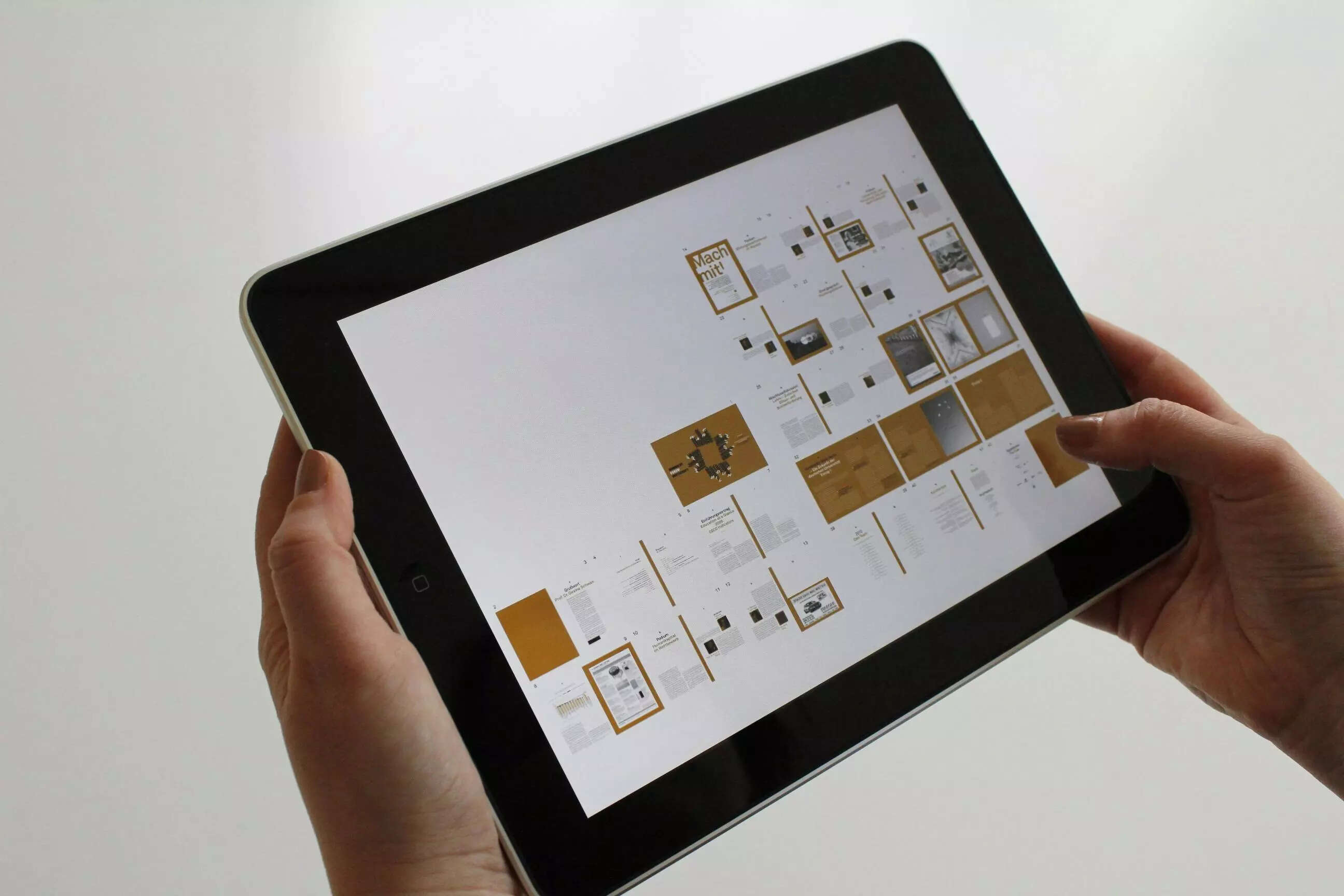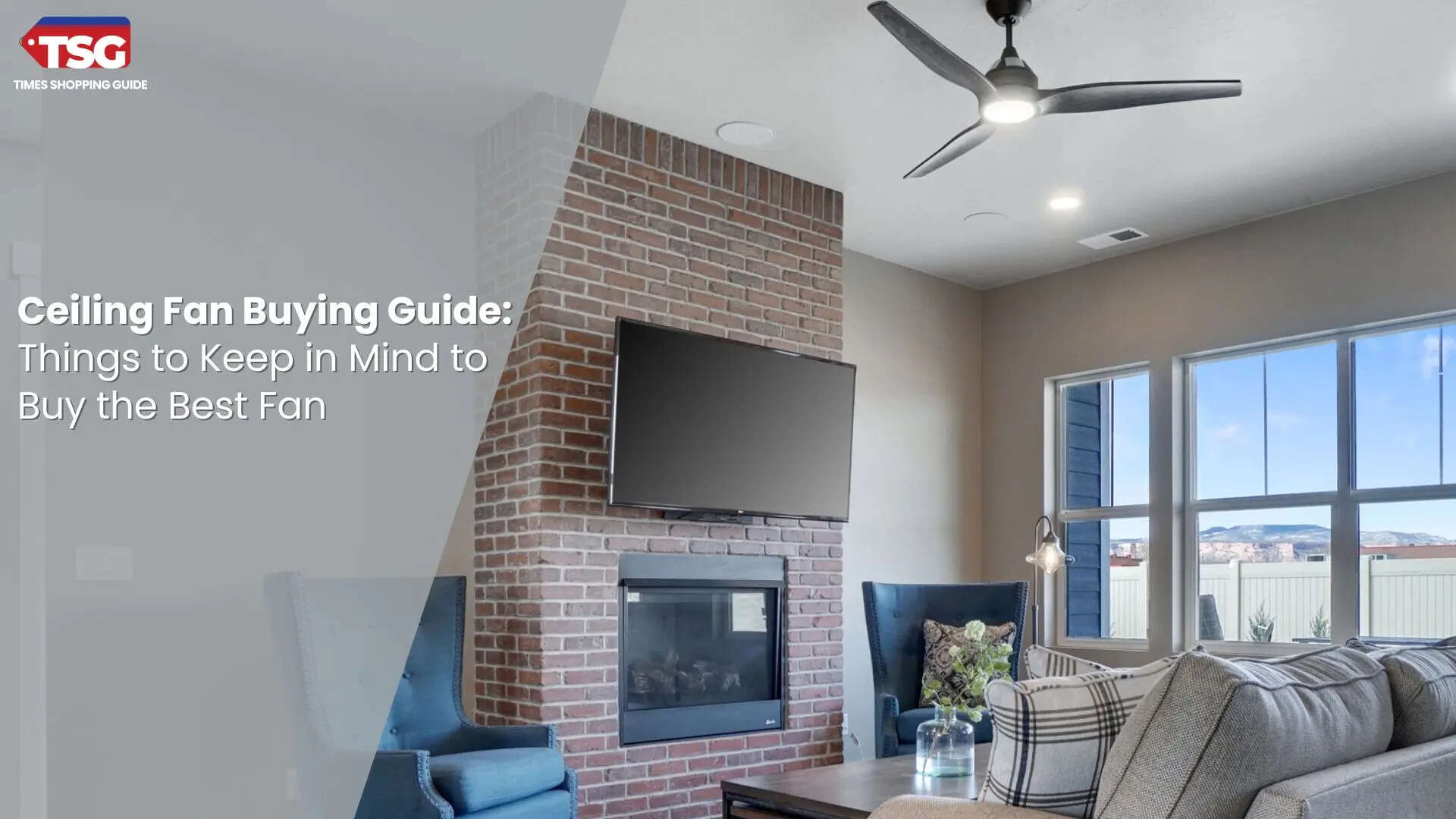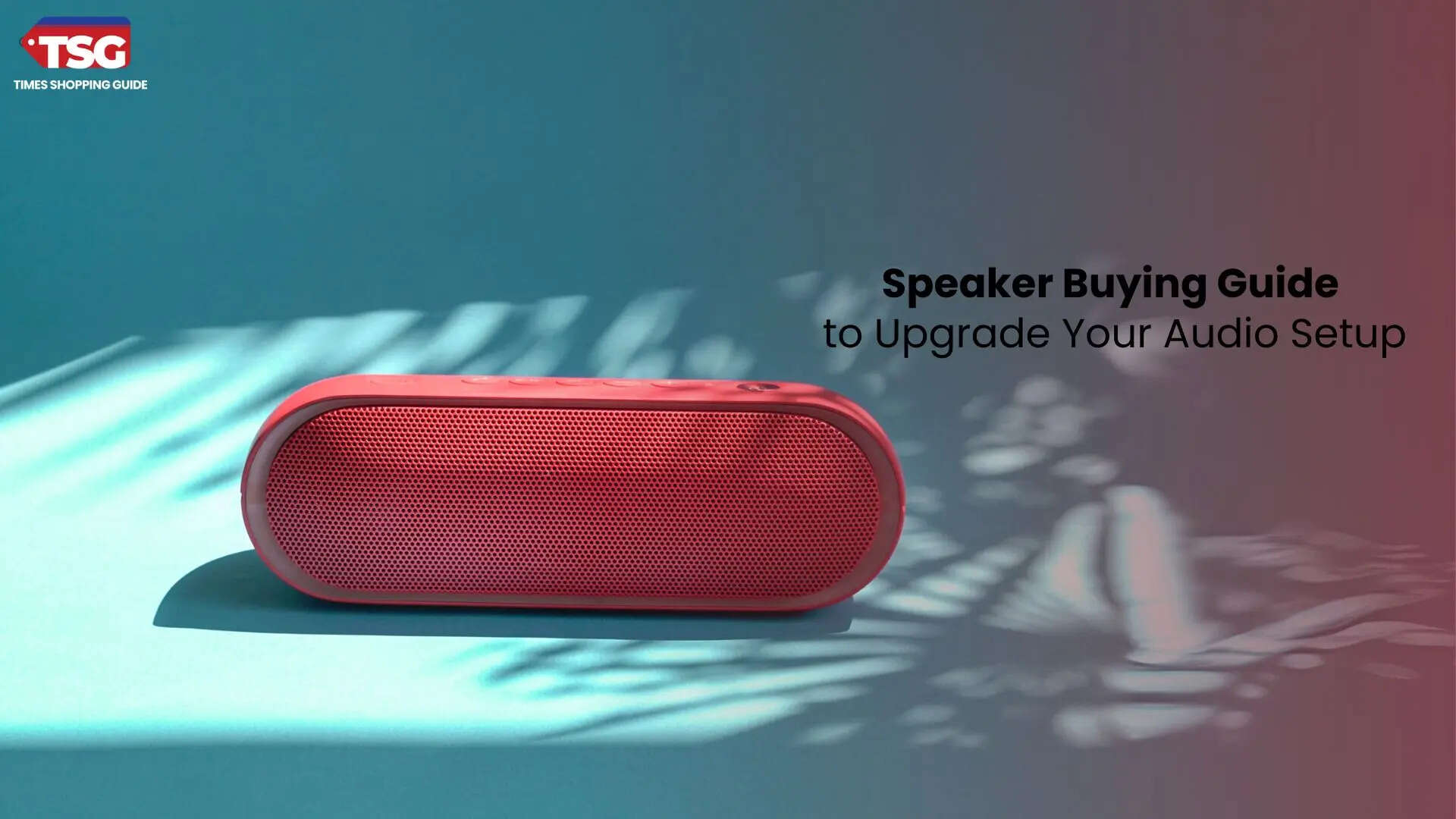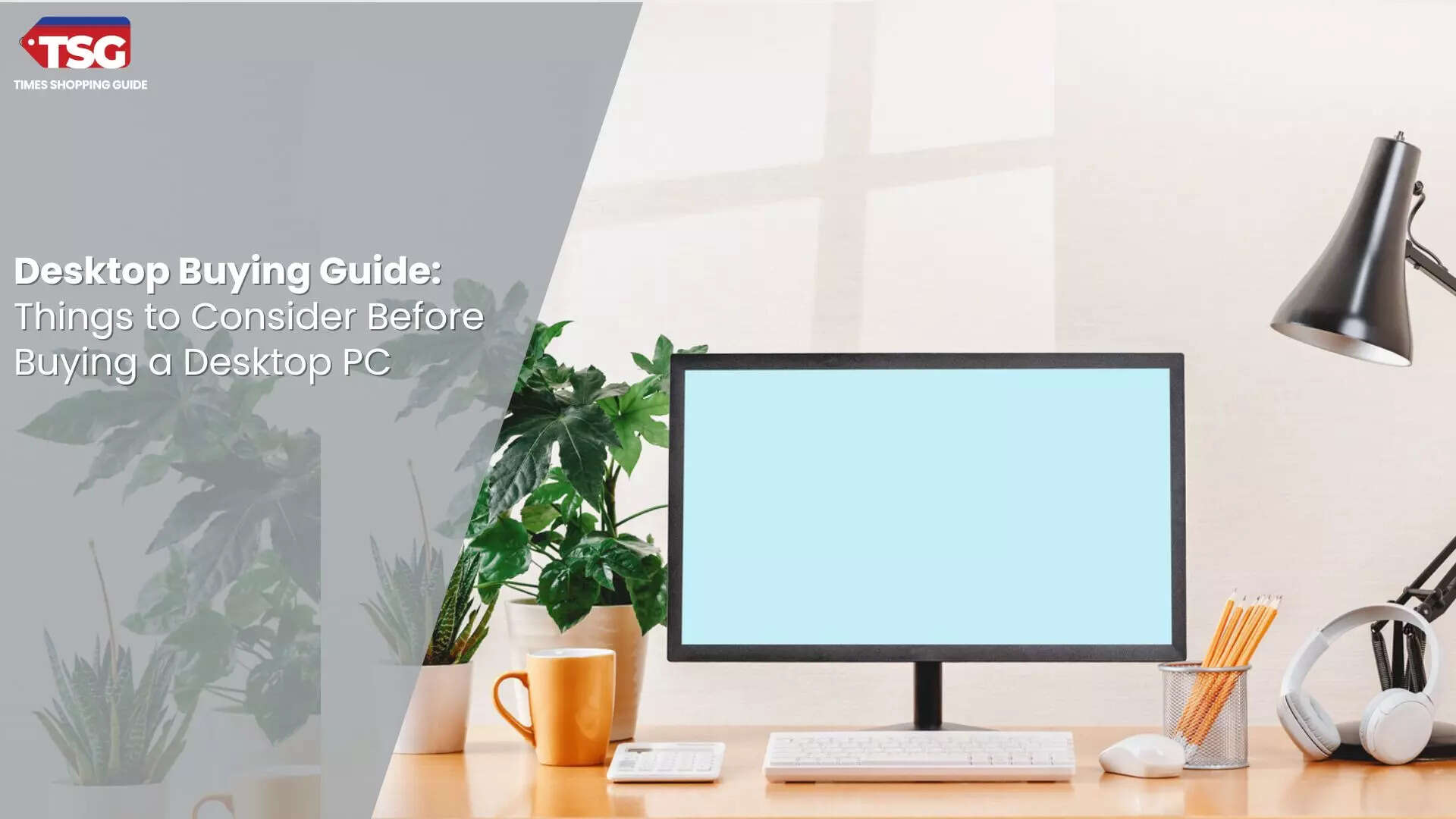- home
- electronics
- buying guides
- buying guide best tablets for students to ace exam season
Buying Guide: Best Tablets for Students to Ace Exam Season
Tablets are revolutionizing the way students learn. They're compact and lightweight, allowing students to carry all their study materials in one place. With tablets, note-taking becomes easier and more organized, and educational apps make learning interactive and engaging.

An essential part of being a student is taking notes from your study material. Instead of keeping different notebooks for different subjects, you can keep all your notes at one place on a tablet. You can easily organize your notes by subject or color-code them for easy reference. Students can even make use of other learning methods like making mind maps, drawing diagrams, or even recording presentations. There are even a ton of educational apps out there for every subject, making learning more interactive and fun! A tablet can be an amazing tool to boost your learning and make schoolwork more interesting.
Types of Tablets
There are a variety of tablets present for one to choose from. You should opt for a tablet based on the purpose you need one for. Here are some of the types of tablets that you can opt for:
- Slate Tablets: These are the most popular range of tablets. They come in a thin and lightweight form ideal for mobility. These are ideal for everyday chores like online surfing, reading e-books, viewing movies, and playing games. However, typing might be difficult with this type of tablet, but you can purchase a separate keyboard
- Mini Tablets: As the name suggests, these are smaller versions of the slate tablets. These are suitable for individuals who value portability even more. They're ideal for young children or those who simply want a little tablet for reading or casual surfing. The reduced screen size may not be suitable for watching films or working on difficult activities
- Two-in-Ones: These are flexible gadgets that combine the features of a tablet and a laptop in one device. They generally have a detachable keyboard, which transforms them into a tablet for the user's convenience. Two-in-ones are ideal for students who want a device for both note-taking and serious study. These are typically heavier and more expensive than regular tablets
- Phablets: Those massive cellphones that felt like little tablets are phablets. They have a bigger screen than a regular phone but are still intended for single-handed operation. While they are less widespread now, they could be an excellent alternative for someone looking for a gadget that sits in between a phone and a tablet. The greater size may not be convenient for everyone to carry, and functionality may be limited when compared to a full-fledged tablet
- Gaming Tablets: For all the gamer lovers who like a touchscreen approach while playing, this is the tablet for you. These tablets are designed for high-performance graphics and processing capabilities. They tend to have cooling systems and pressure-sensitive panels, providing a console-like experience on the road. Be prepared for a heavier device with a shorter battery life due to the demanding hardware
- Rugged Tablets: Made to withstand drops, dust, and even water, these tablets are made for harsh conditions. Field researchers, construction workers, and anyone else who requires a gadget that can withstand the bumps and bruises of a demanding job. Typically, rugged tablets feature sturdier enclosures and screens designed specifically for outside visibility. When compared to regular tablets, they might be rather pricey and large
Tablets V/S Laptops for Students
While both are a great learning tool for students, the ideal device for you depends on your specific needs and priorities. Here are the factors you must consider before investing in a tablet or a laptop as a student.
1. Size and Portability
The obvious winner in terms of portability is the tablet. Their lightweight design and compact size make them perfect for carrying about campus or between courses. They are a practical option for students who are constantly on the go because they fit easily into backpacks and even spacious handbags. On the other hand, laptops are heavier and bulkier. While there are ultraportable laptops available, they tend to be more expensive
2. Design
Tablets come in a variety of stylish designs, with many featuring high-resolution touchscreens. Some tablets even offer attachable keyboards that transform them into a more laptop-like experience. Laptops offer more design variety, with options ranging from sleek and thin ultra books to rugged or durable devices
3. Battery Life
When it comes to battery life, tablets usually outshine laptops. They are perfect for students who are often on the go because they can run for an entire day (8–14 hours) on a single charge. While laptop batteries often last 4–10 hours, you might need to bring your charger if you plan on having a long day
4. User Interface
Tablets have a user-friendly, touch-sensitive interface that is easy to use with your hand. For students who prefer a more relaxed and engaging approach to learning or taking notes, this might be a huge benefit. However, using a touchscreen for prolonged periods of time can be tiring. While most tablets can connect to external keyboards, doing so increases weight and expense. Laptops, on the other hand, have standard keyboards and trackpads that are designed to make typing and navigating more efficient
5. Storage Capacity
Laptops generally offer more storage capacity than tablets. This is important for students who need to store large files, such as videos, photos, or software. While some high-end tablets offer ample storage, they tend to be more expensive
6. Software
Tablets primarily run on mobile operating systems like iOS or Android, which offer a vast selection of mobile apps. However, these apps may not be as powerful or feature rich as desktop software programs. Laptops, on the other hand, can run desktop software essential for many academic programs, such as Microsoft Office, Adobe Creative Suite, or specialized scientific software
How can a tablet be beneficial for students?
Enhanced Learning
Tablets have revolutionized the way students learn. Moving from wordy, lengthy textbooks to interactive learning that includes videos, simulations, and quizzes. Tablets have made learning engaging and fun. With tablets, you can ditch those bulky notebooks too. Students can organize notes digitally either by subject or by color-coding them for easy reference. They can even add images or diagrams besides their notes using a stylus. The tablets give these students a chance to widen their knowledge by allowing them to research any topic, find educational resources, and collaborate with classmates online using the internet. On top of that, there's a vast number of educational apps which cater to different subjects and learning styles. These interactive apps can make learning not just informative, but truly enjoyable and personalized.
Improved Efficiency and Productivity
Say goodbye to back-breaking backpacks and textbooks with long texts or no images. Tablets are lighter and easier academic tool to carry around campus, making them a lifesaver for students on the go. With this, you get to carry your entire textbook collection on one device. The eBooks mean no more back pain and tons of free space for the things you will need to study and learn. Tablets are more than just convenient as they help in boosting your productivity levels as well. The tablets allow you to easily multitask, working on assignments, researching online, and taking notes all at the same time. The cloud storage lets you access your work from anywhere. This makes it super easy to collaborate with classmates. Now, you will have more time to actually study rather than finding all your study material as everything you need is at your fingertips.
Increased Engagement and Creativity
Tablets are not just for reading textbooks, they can be the hub for creativity as well. Get ready to unleash your inner artist and thinker with a tablet. Mind mapping apps will help you brainstorm ideas and visualize connections. While presentation software lets you create stunning presentations to ace your presentations. You can even record your project ideas or capture lectures for later reference. Many tablets come with a stylus which is great for taking notes and even drawing diagrams or for sketching. There are also a lot of educational apps use fun game mechanics like points/rewards to make studying feel more fun.
Things to Consider While Investing in a Tablet
When you are getting a tablet as a student, there are certain things you need to consider before selecting the perfect tablet for you.
1. Academic Requirements
- Coursework Requirements: Some courses require you to install software for which you will have to check your tablet’s compatibility with that
- Learning Style: If you are a visual learner or a note taker, then you should consider features like high screen quality and pen compatibility
2. Hardware Considerations
- Screen size and resolution: Look for a tablet which has a good balance between portability and readability. You should also consider what you'll use the tablet more for like notetaking or watching course videos, research, etc.
- Processor and RAM: Tablets which have more powerful specs can handle multitasking and demanding apps better
- Storage Capacity: The storage capacity tablets offer differs from brand to brand. If your tablet has limited storage, consider cloud storage options
- Battery Life: While most tablets offer long lasting battery life, you should aim for a one that lasts a full school day on a single charge
- Camera Quality: If you are someone who uses their tablets for important video calls, presentations, or capturing notes on whiteboards, look for one with higher camera resolution
- Connectivity: Tablets that offer cellular connectivity adds flexibility but also increases the cost of your device
- Durability: Consider a rugged case or a tablet designed for student use if you are prone to accidental drops
3. Software and Apps
- Operating System: You should choose a tablet with an operating system that is compatible with the apps that you are using. Android, iOS, and Chrome OS each offers different app ecosystems and capabilities
- Educational Apps: Look at the apps for research productivity, note-taking, and learning are available on that tablet
- Compatibility with Existing Software: Ensure that the tablet can run the software you are already using
4. Accessories
- Keyboard: For students who do a lot of typing for long essays or research papers, it is essential to get a keyboard. Detachable keyboards and Bluetooth options are both great for spending long hours typing away
- Stylus: Those who like to take hand-written notes on their tablet, a stylus or a pen/pencil is a must-have. It is great for notetaking, drawing, and interacting with creative apps
5. Budget
Now that you know all the features you should consider, the most important factor to look into is the budget. Whenever you are going to choose a tablet, set a budget in mind and prioritize features based on that. You can also compare prices of tablets from various brands. A lot of brands also offer student discounts.
Here are some tablets that students can consider buying:
- Samsung Galaxy Tab A9+ 27.94 cm (11.0 inch) Display
- Xiaomi Pad 6 Qualcomm Snapdragon 870
- Lenovo Tab M10 FHD 3rd Gen
- Realme Pad Mini WiFi+4G Tablet
- Samsung Galaxy Tab S6 Lite
- HONOR Pad X8 25.65 cm FHD Display
- Apple iPad (10th Generation)
Conclusion
Tablets are a great tool for learning. They're lighter and can hold your entire library, from notes and articles to textbooks. Plus, learning is more fun with interactive features like videos and graphics. Tablets are also great for notetaking. With tablets, students can understand topics with various learning apps and even content present on the internet. There are many types of tablets present in the market. While selecting a tablet, make sure it meets all your requirements like budget, software, size, storage OS and more.
FAQs
Why is tablet best for students?
Tablets provide a new way of learning and studying for students. They are lighter than textbooks, which makes them easy to carry everywhere. Tablets make the learning process more interactive and fun. There are even fun learning apps to make studying less of a chore. You also have access to various educational videos or articles present online. Students can keep all their study material or notes in an organized fashion on one device, easily.
What are the advantages of tablets?
Tablets have a sleek thin design which makes them compact enough for carrying around easily. They are also super lightweight. These tablets let you write handwritten notes, make diagrams or mind maps as well. Tablets usually have a long battery life, making them perfect for long nights of exam prep. This also comes with additional accessories like keyboards and stylus which make the user experience smoother!
Why is a tablet better than a laptop for students?
While tablets and laptops are both great options for students starting their academic year, they both have key differences. Tablets have a compact, sleek and thin design, while laptops are heavier, bigger in size. Laptops are more suitable for students who have to type lengthy content and require a higher storage capacity. Tablets would be more suitable for people who want to take notes digitally and be more creative or artistic.
Disclaimer: Times Shopping Guide is committed to bringing you the latest products from the best brands. Our selection is based on market research and positive consumer feedback. Times Shopping Guide is also a part of an affiliate partnership. In line with this, we may receive a portion of the revenue from your purchases. Please note that the product prices are subject to change based on the retailer's deals.








